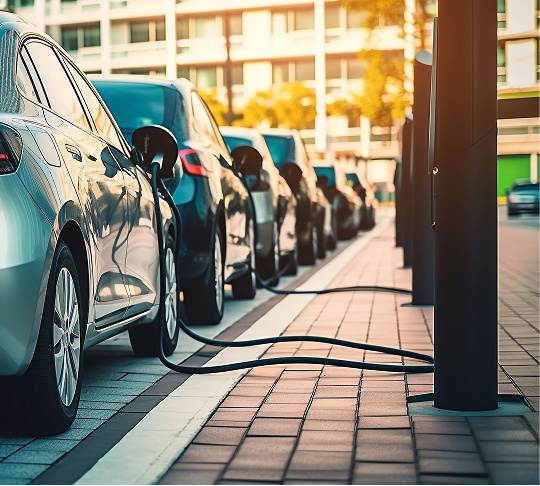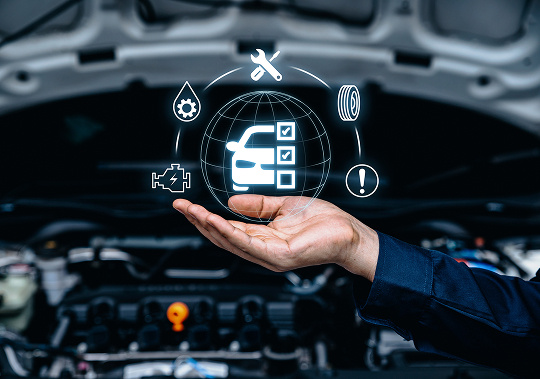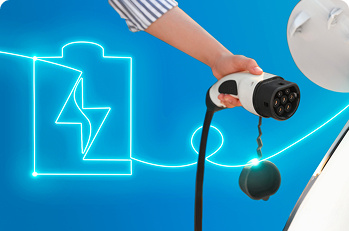Transitioning to an Electric Fleet: A Smarter Business Move
As sustainability becomes a business priority, more organisations are switching to Electric Vehicle (EV) fleets. Whether you're managing a few company cars or a large logistics operation, transitioning to electric cars or vans offers long-term savings, environmental benefits, and a future-proof strategy.


















